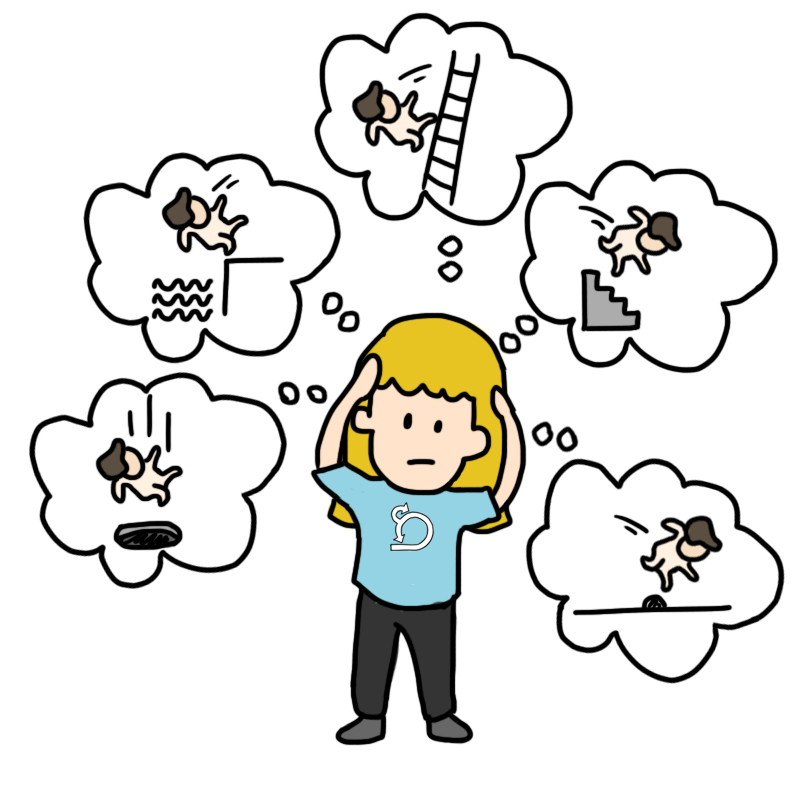A manifesto for the next 20 years
March 20, 2021 ∞
This year is the 20 year anniversary of the agile manifesto, and wow, have we learned and improved thanks to it. Yes, we have argued and, yes, things have not always gone like we wished. But overall, our workplaces have improved drastically as a result of the energy created from that manifesto.
Look around us today, though, and what’s written in the agile manifesto is not nearly as relevant to us anymore. The world has changed. Old problems have been worked on and new ones have surfaced. The agile manifesto doesn’t work as a guide for us anymore.

